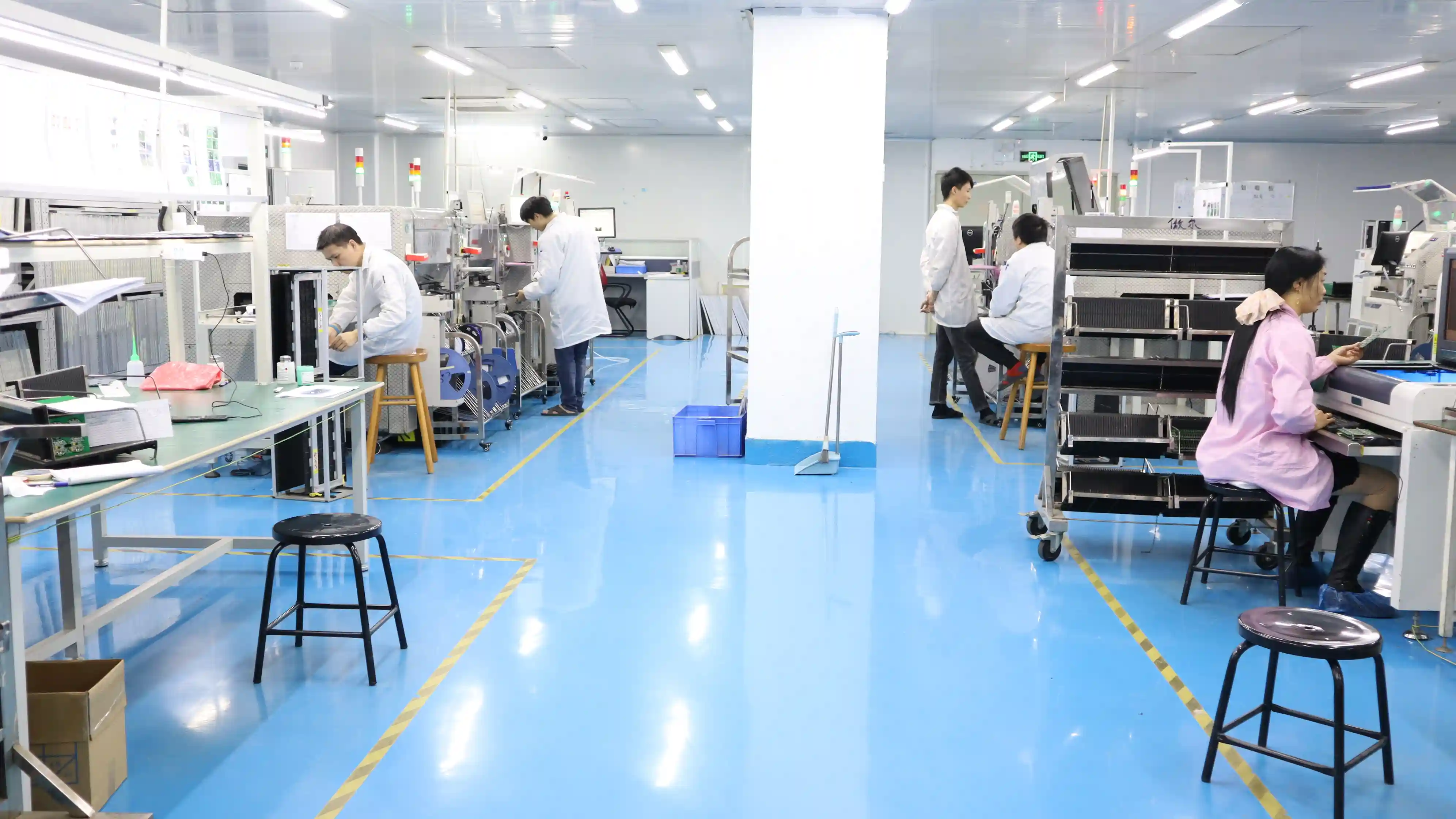
Top 10 Fabricantes de PCB en China 2026
Guía actualizada de los mejores fabricantes de PCB en China para 2026. Comparativa honesta con precios, capacidades, certificaciones y mi experiencia personal trabajando con ellos.
Artículos, guías y recursos para ayudarte a diseñar y fabricar mejores productos electrónicos.

Guía actualizada de los mejores fabricantes de PCB en China para 2026. Comparativa honesta con precios, capacidades, certificaciones y mi experiencia personal trabajando con ellos.
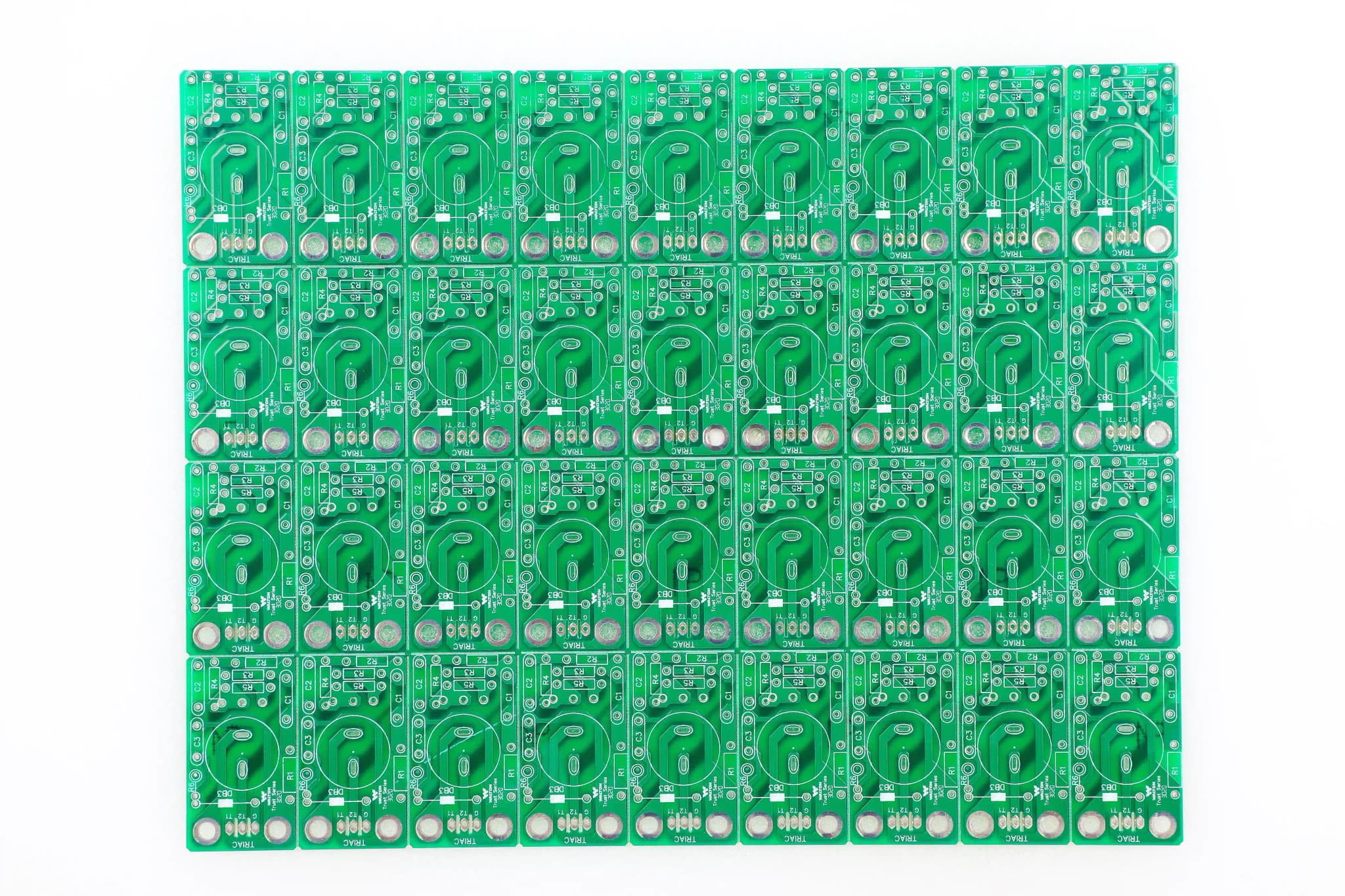
Comparativa técnica entre PCB de aluminio (MCPCB) y FR4 estándar. Aprende cuándo el metal core vale la pena y cuándo estás pagando de más.

Comparativa técnica entre materiales Rogers y FR4 para PCB de alta frecuencia. Aprende cuándo necesitas materiales especiales y cuándo FR4 es suficiente.
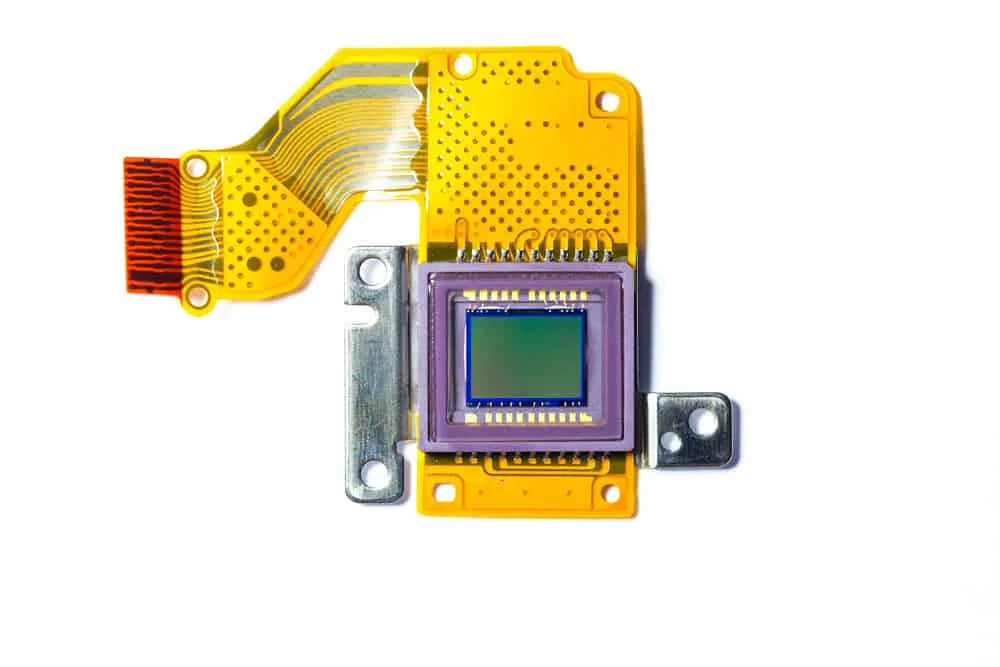
Guía actualizada de los mejores programas gratuitos para diseñar PCB en 2026. Comparativa honesta con pros, contras y recomendaciones según tu nivel.

Guía práctica sobre las diferencias entre fabricar prototipos y producción en serie de PCB. Costes, tiempos, calidad y cuándo escalar.
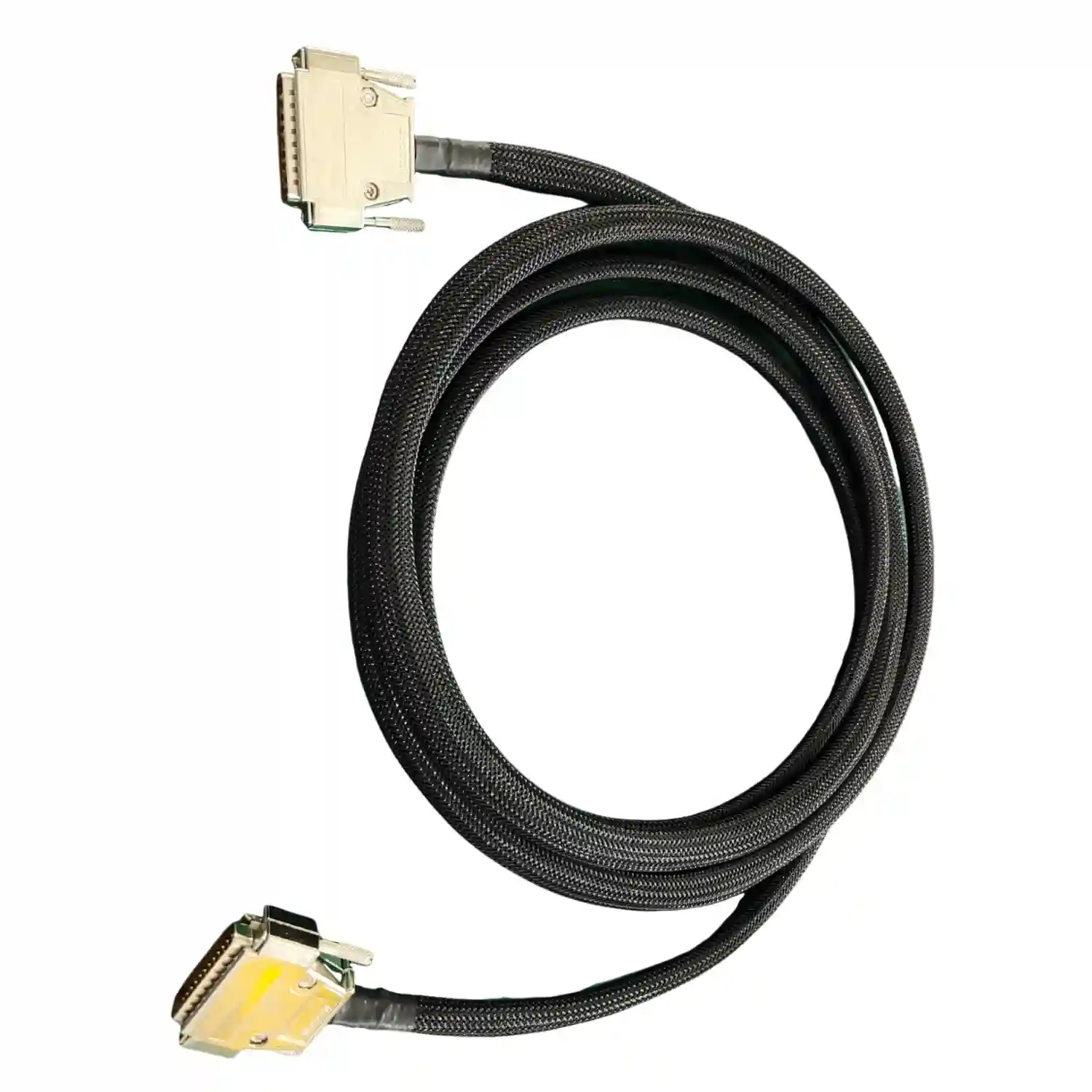
Guía completa sobre los modelos de fabricación electrónica: EMS, ODM y OEM. Cuándo usar cada uno, ventajas, desventajas y cómo elegir el correcto.

Comparativa técnica entre SMT (Surface Mount) y THT (Through-Hole). Cuándo usar cada tecnología, ventajas, limitaciones y combinaciones.

Diferencias entre PCB y PCBA: cuándo elegir cada opción, procesos de fabricación, costes y aplicaciones en la industria electrónica.
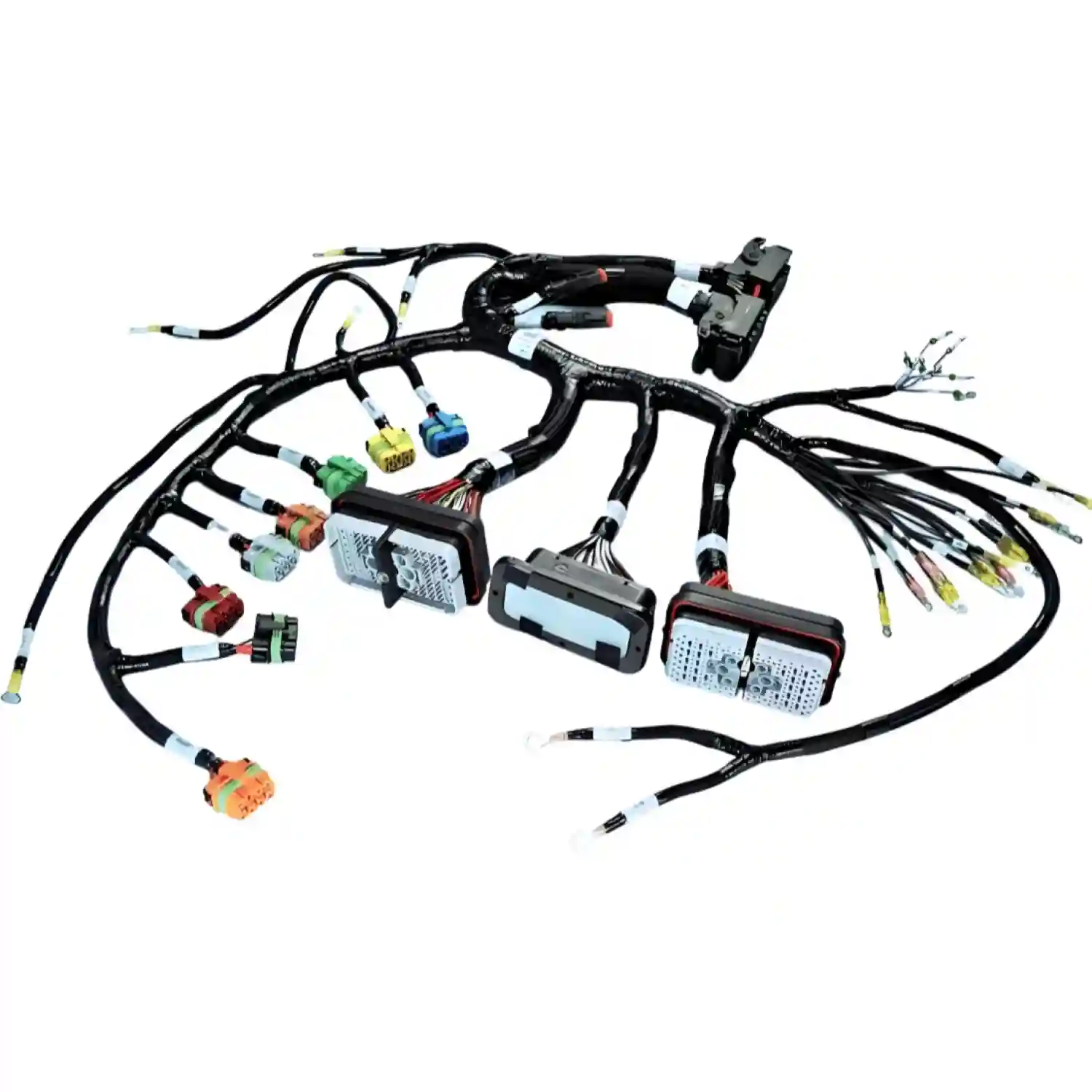
Descubre las diferencias clave entre arneses de cables y ensamblajes de cables. Cuándo usar cada uno, materiales, procesos y aplicaciones industriales.

Descubre los 7 tipos principales de PCB: rígido, flexible, rígido-flex, HDI, multicapa, metal core y alta frecuencia. Aprende cuál necesitas para tu proyecto.

Comparativa técnica completa entre PCB rígido, flexible y rígido-flex. Descubre ventajas, limitaciones, costes y cuándo elegir cada tecnología.

Comparativa técnica entre HDI PCB y PCB estándar. Aprende cuándo el coste extra del HDI vale la pena y cuándo un PCB convencional es suficiente.

Box Build explicado: qué incluye, proceso completo, ventajas y cuándo elegir ensamblaje completo vs parcial para tus productos electrónicos.
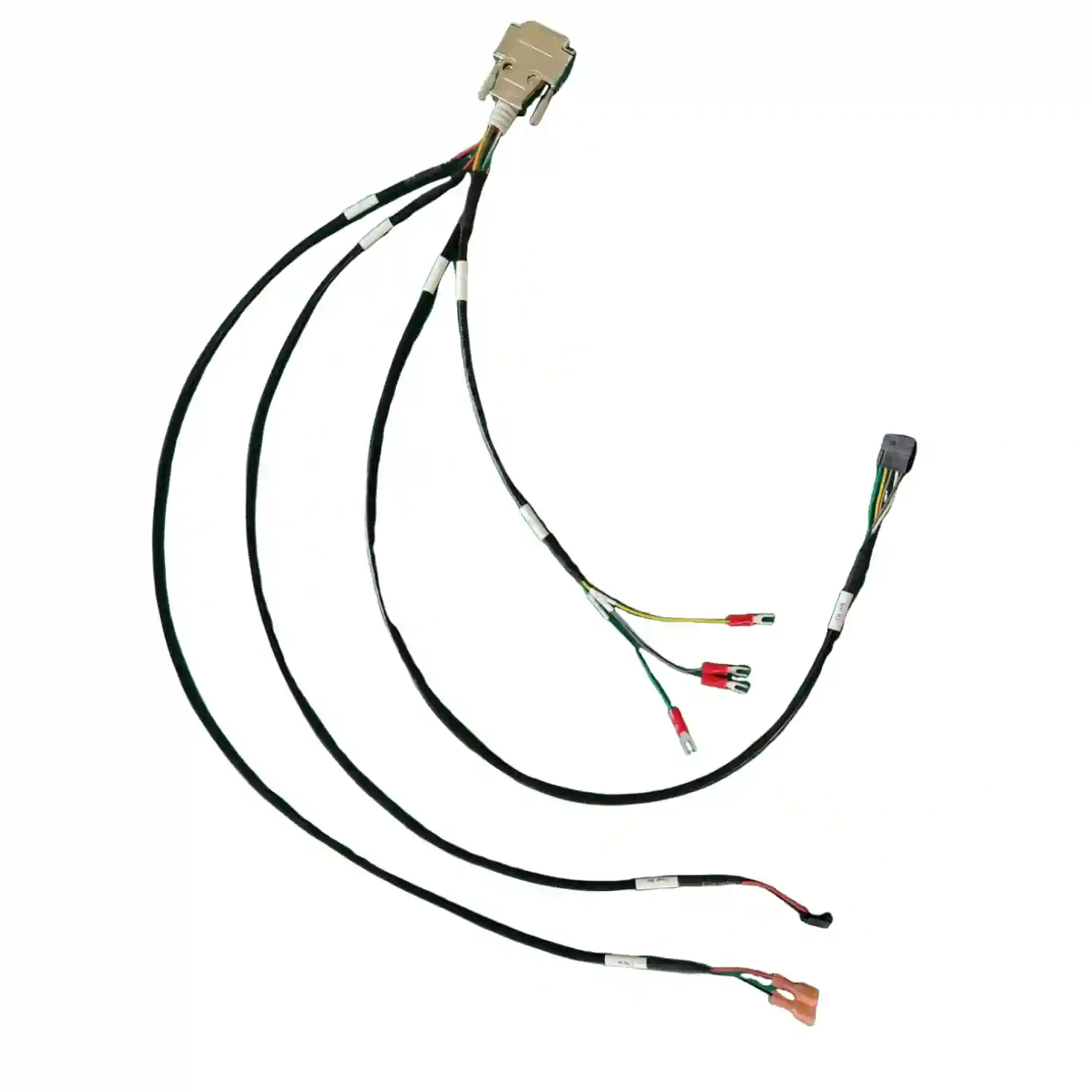
Comparativa técnica de arneses de cables por industria. Certificaciones, materiales, pruebas y requisitos específicos para automoción, médico e industrial.

Guía completa de certificaciones para fabricación de PCB: ISO 9001, ISO 13485, IATF 16949, UL y IPC. Qué significa cada una y cuándo las necesitas.

Comparativa completa de acabados superficiales para PCB: ENIG, HASL, OSP, Immersion Silver y Immersion Tin. Ventajas, desventajas y cuándo usar cada uno.

Los 10 errores más comunes en diseño de PCB y cómo evitarlos: DRC, footprints, vías, planos de tierra, y más. Guía práctica con soluciones.
Recibe nuestros artículos, guías y ofertas especiales directamente en tu bandeja de entrada.
No spam. Puedes darte de baja en cualquier momento.